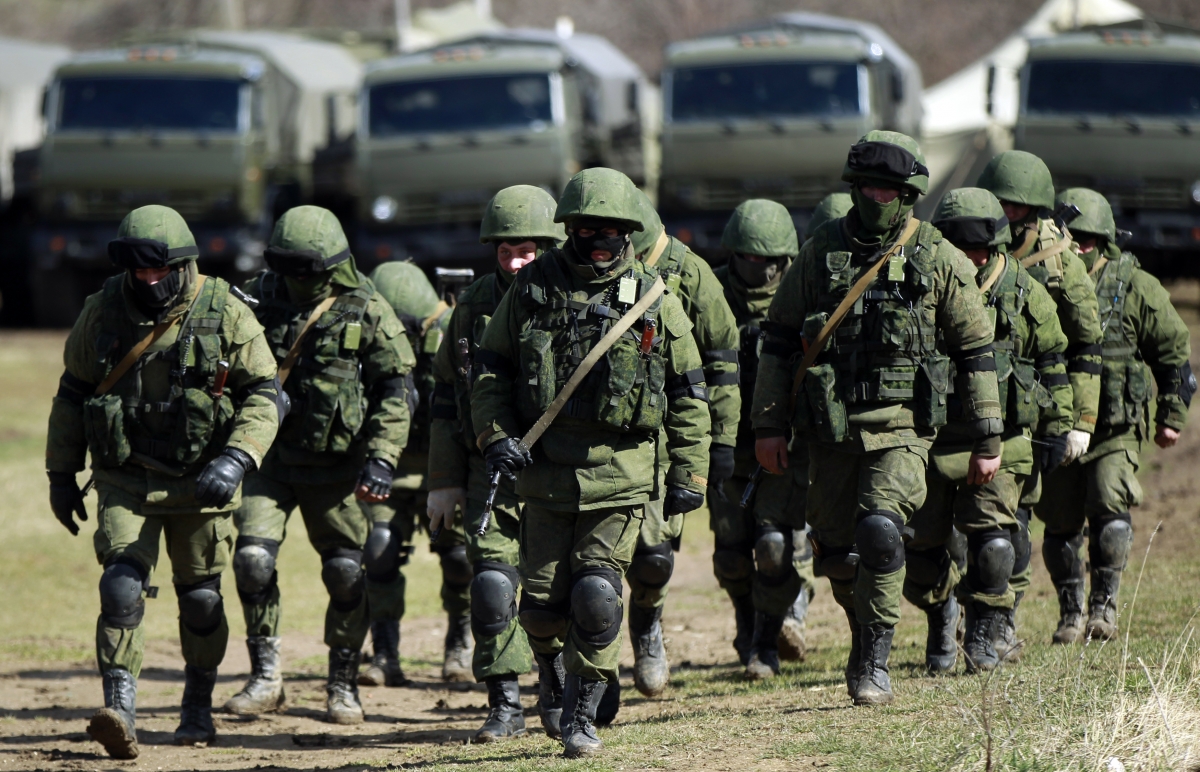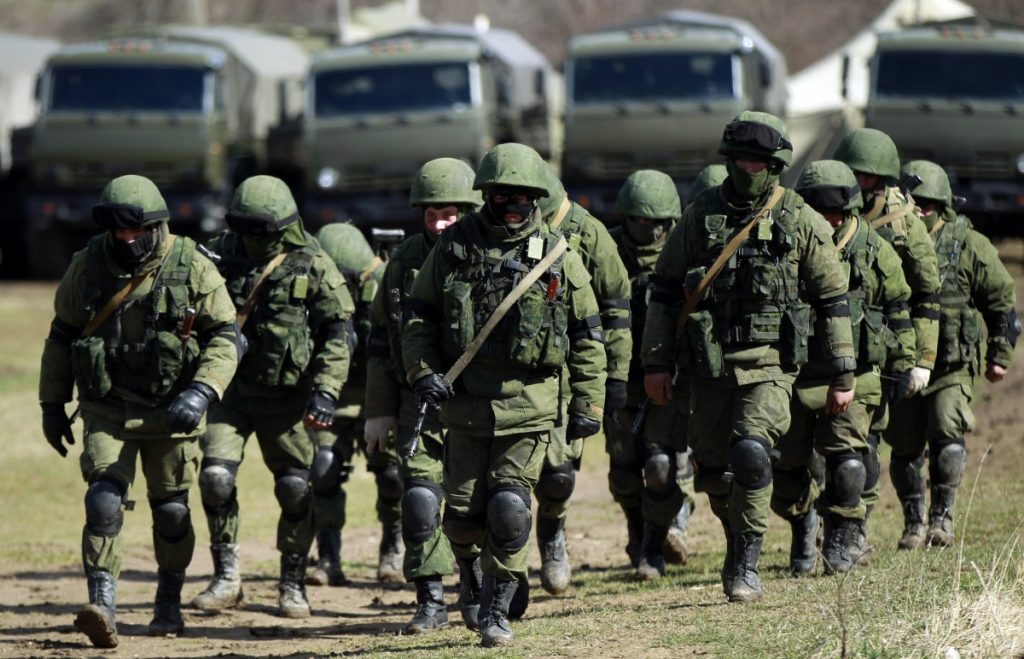Sourced : Foreign Policy
By Reid Standish, Emily Tamkin
On Tuesday, Finland, Sweden, the United Kingdom, the United States, Poland, Latvia, and Lithuania signed a memorandum of understanding to establish the European Center of Excellence for Countering Hybrid Threats, a sign of just how seriously world leaders are taking Moscow’s attempts at destabilizing Europe.
Since the annexation of Crimea and the outbreak of war in eastern Ukraine in 2014, things have gotten tense between Moscow and the West: Russian jets have probed Finnish and Swedish airspace; a barrage of Russian disinformation has targeted Estonia, Latvia, and Lithuania; and France, Germany, and the United States have all accused the Kremlin of interfering in their domestic politics. It’s part of Russia’s embrace of so-called “hybrid war,” or the use of politics, diplomacy, the media, and cyberspace to destabilize opponents without necessarily having to resort to tanks and artillery.
The combination of military posturing and disinformation has become the backbone of Moscow’s modern day military doctrine as it tries to reassert itself along its borders and beyond. Violations and provocations near borders are meant to test a neighbor’s resolve, while information attacks are meant to inflame internal problems and sow discord. Other operations, such as Russia’s cybermeddling in the U.S. election, were meant to boost Donald Trump, who as a candidate denigrated NATO, the European Union, and the liberal international order.
The pact signed Tuesday is meant to establish a center to deal with those hybrid threats, which are hardly limited to the signatories. France and Germany in particular are concerned about Russian disinformation influencing upcoming elections.
But for Sweden and Finland, Russia’s attempts at destabilization are souring relations. Neither is currently a member of NATO — a throwback to both countries’ histories of military neutrality and complex relations with Moscow. But since the end of the Cold War, Helsinki and Stockholm cooperated more closely with the military alliance and debated joining at times.
And that seems to be accelerating the more Moscow tweaks them. In May 2015, Stockholm signed a host nation support agreement with NATO, a deal that would allow the military alliance more room to operate on Swedish territory for training exercises or in the event of a conflict in the region. Helsinki signed a similar agreement in 2014.
Moreover, Moscow and NATO’s dueling rhetoric and actions have only further inflamed tensions in the Baltic. Estonia, Latvia, and Lithuania — all members of NATO — have sounded the alarm that their region could be the next flashpoint with Russia. After the growing number of airspace violations, Sweden remilitarized the island of Gotland in the Baltic Sea in February 2016 for the first time since the end of the Cold War.
Finnish Foreign Minister Timo Soini said Tuesday that the fight against hybrid threats is a “European priority.” He said the creation of the new center will help build resilience to hybrid threats in EU and NATO member states, and could get those two unwieldy bodies to work more closely to fight the growing problem.
Like other, pre-existing centers dedicated to combatting hybrid threats, such as those in Latvia and Estonia, the European Center of Excellence for Countering Hybrid Threats is a complement to, not a substitute for, NATO. With the exception of Finland and Sweden, all of the original signatories are alliance members, and a NATO representative was at the signing ceremony. NATO issued a statement saying, “While not signatories themselves, NATO and the EU will participate actively in the Centre’s activities.”
In other words, though neither country will seek formal membership in the decades-old military alliance, Helsinki and Stockholm are, thanks to the looming threat from the east, moving ever closer to the very NATO that Russia has for so long sought to keep them from joining.


